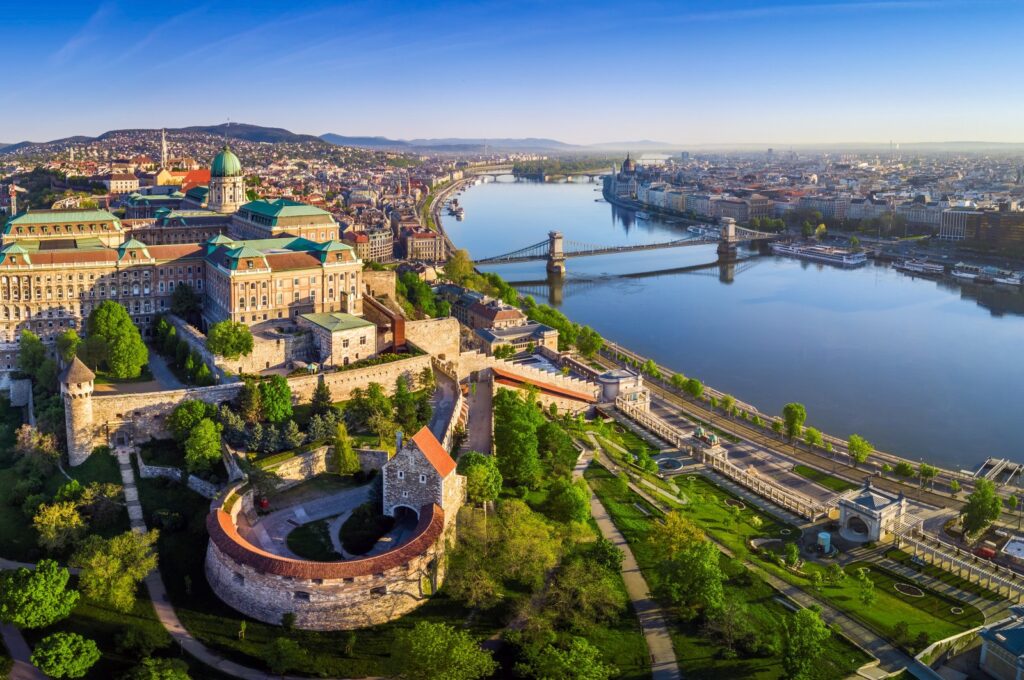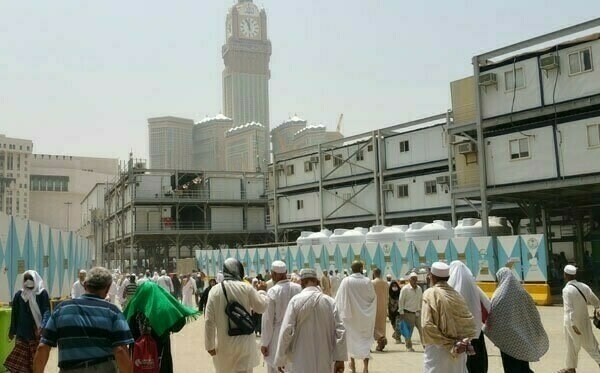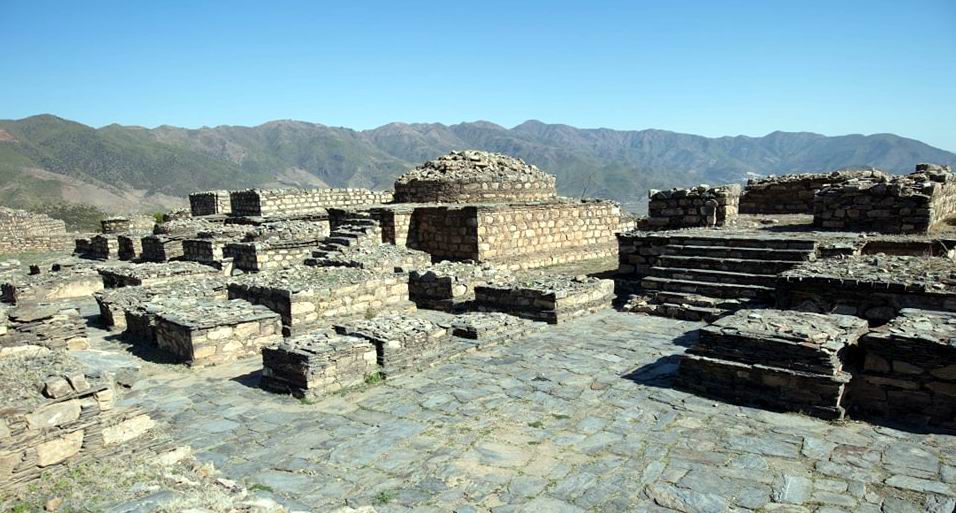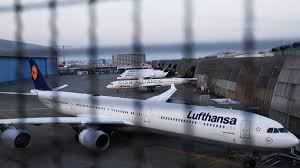
Solveig Steinhardt
At least twice a year I go back to Livorno, the city of my childhood. The first thing I do is head to the messy, noisy and colourful central food market to eat a frate (an orange-scented doughnut dipped in sugar), and then to the harbour to see if the sea urchin stands are still there, serving the spiky sea creatures cut in half, to be consumed raw with a drop of lemon juice.
Just 20km south of Pisa, Livorno checks all the boxes of the typical European port city: it’s chaotic and lively; it’s multicultural; and it’s strongly linked to the sea, both culturally and gastronomically. Plus, it’s in the middle of Tuscany, which should automatically make it popular.
Yet, with only 10% of Florence’s tourist numbers and a third of Pisa’s, Livorno is mostly ignored by visitors – and the few who do show up often look like they arrived by accident. Stop one on the street, if you can find one, and ask why they are here: they’ll likely say they are waiting to catch the ferry to Corsica or Sardinia, or are just driving through and looking for a place to eat.
But why is that? Firstly, Livorno is surrounded by world-famous Tuscan towns that, many locals say, steal the spotlight. Others believe that throughout the years, the city’s oil refineries, its port area and the US military base of Camp Darby have given Livorno an industrial, polluted image. But travellers who speed through don’t realise that they’re missing out on a culturally lively town with a breathtaking coastline and a uniquely liberal attitude that’s rooted in its very beginnings: when the Medicis founded the city in the 1500s, they instituted laws that guaranteed unprecedented freedom to all newcomers, drawing business, talent and a diverse population that made the city thrive.
By the 1700s and 1800s, Livorno had become an important stop on the Grand Tour. “Back then, Livorno was a popular summer destination for the Italian high society,” said local historian Giorgio Mandalis. He explained that in the 1800s and up until World War Two, the city was home to some of Italy’s first seaside resorts, which were regularly frequented by Italian royals, and had tourism facilities including hotels and spas. There was even a funfair with rollercoasters that featured an early version of a cinema, operated by an agent of motion-picture pioneers the Lumière brothers. A plaque on the wall of Villa Dupuoy in the Montenero neighbourhood commemorates Lord Byron’s six-week Livorno holiday in 1822. And one of Mozart’s operas, Lo Sposo Deluso, is set here too.

In the 1800s, the city was home to some of Italy’s first seaside resorts, which were regularly frequented by Italian royals (Credit: Livorno Tourism)
However, the glory days weren’t to last forever. In WW2, US air raids destroyed much of the strategic port and the city centre, making Livorno one of the most heavily bombed cities in Italy. Things got even worse, many locals say, with the reckless and hasty post-war redevelopment of entire neighbourhoods. “Livorno’s public image, which had already been damaged by the war, was further slain by new Rationalist buildings which, erected right next to the 17th-Century architectures spared by the bombs, have caused the area to look disharmonious and unbalanced,” Mandalis said.
Residents remain critical of those eyesores; there’s even a Facebook group called Se potessi demolire… (If I could demolish…) that, in its description, encourages residents to post images of the buildings that “offend their view”. As art historian Federica Falchini noted, “The Livornese still haven’t gotten over the so-called ‘Nobile Interrompimento‘, or ‘Noble Interruption’, a large Rationalist building erected post-war right in the middle of the city’s former Piazza Grande. The piazza, which used to be one of Europe’s biggest squares, is now no more than a parking lot on one side of the building and a bus stop on the other.”

Some locals say the city’s post-war redevelopment was reckless and hasty, causing it to look “disharmonious and unbalanced” (Credit: Solveig Steinhardt)
Noble interruptions aside, Livorno does have its share of positives. “We have things that the other ‘properly beautiful’ Tuscan cities (like Florence, Lucca, Pisa and Siena) don’t have,” said Mandalis. “The city’s openness and brightness have attracted painters for centuries, and Livorno is also filled with history and art, like the ancient seaside resorts, the 14th-Century lighthouse or the eclectic villas in front of the Naval Academy.”
Livorno also has a history unlike other Tuscan cities. Mario Cardinali, founder and chief editor of local satirical magazine The Vernacoliere, explained that Livorno was created and artificially populated by Florence in the 1500s with the help of very liberal laws, called Livornine, that allowed foreign traders and exiles from any nation and ethnicity, and even people who had committed any crime except homicide, to settle in the city to encourage business and growth.
“Livorno is very ‘un-Tuscan’ in its humorous irreverence and lack of respect towards political authority and the church,” said Cardinali, “and this has historic reasons.” The mix of cultures, which included Sephardic Jews, Greeks, Armenians and Dutch, is what made the city prosper early on, but also what made the Livornese what they are now: a people who failed to develop the typically medieval respect for authority that other Tuscans did – and who express that through humour.
Written in the city’s vernacular, The Vernacoliere perfectly embodies this spirit. Known Italy-wide for its political criticism and irreverent comic strips about the Catholic church, as well as nudity and various degrees of profanity, the magazine was founded in 1982 to comment on the Pope’s visit to Livorno that year.
“And there’s something else inherited from the city’s cosmopolitan and multicultural history and which other Tuscan cities don’t have,” Mandalis added, “its profound tolerance for the different religions and cultures.”

With only 10% of Florence’s tourist numbers and a third of Pisa’s, Livorno is mostly ignored by visitors (Credit: Solveig Steinhardt)
According to chef Simone De Vanni, who runs a YouTube channel on local cuisine, food also reflects the Livornese character. “[Livorno’s distinctive cuisine] is a result of the influences of the many nations that created the city in the 16th Century,” he told me. “Unlike the other, more ancient Tuscan towns, which already had their well-defined food traditions, the young and cosmopolitan Livorno was able to mix the new and old and create a cuisine of its own.”
Dishes like cuscussù alla livornese (Livornese couscous) reveal historical maritime relations with North Africa and Jewish Spain, “while cacciucco, Livorno’s signature dish, perfectly embodies the Livornese”, De Vanni said. “Many different types of fish are cooked together, creating something that is neither a fish soup nor a fish broth, but rather something unique, a bit like Livorno.”
This singularity could be a draw. As Paola Ramoino, head of the Livorno Tourism Office, explained: in past decades the city did not need to rely on tourism thanks to its thriving port business – but there has been a shift in that thinking. “Livorno has a lot to offer, from sea and culture to food and wine, but we want our tourism to be sustainable, ‘niche’. We want to offer authentic, non-stereotypical experiences,” she said.
Things seem to be changing from a cultural point of view as well. “In the last years, the artistic scene has become more lively, with music festivals, theatres, art galleries and exhibitions, especially in summer,” said Alessandra Falca, a Livorno-born musician who is very involved in the city’s cultural scene.
In other words, the Tuscan city is made for visitors who are willing to dig a little deeper into the local history and take in its easy-going attitude and atypical character. According to Falca, “The Livornese think there is no better city in the world. But judging by the number of tourists who come to Livorno, they are just saying it to themselves.”
Perhaps it’s time travellers gave it another chance.
Courtesy: BBC
The post Tuscany’s ‘unattractive’, unmissable town appeared first on The Frontier Post.








